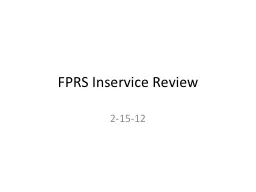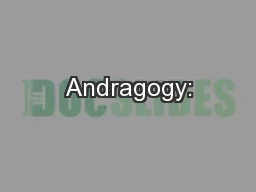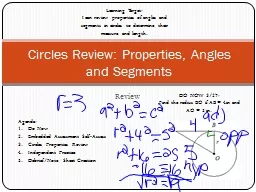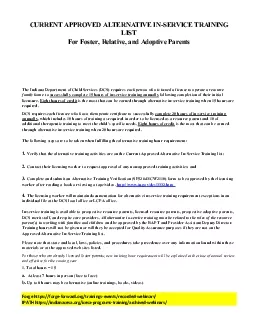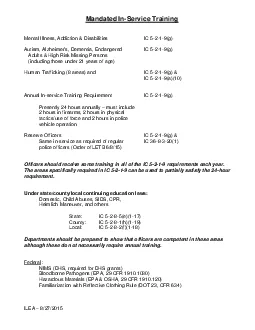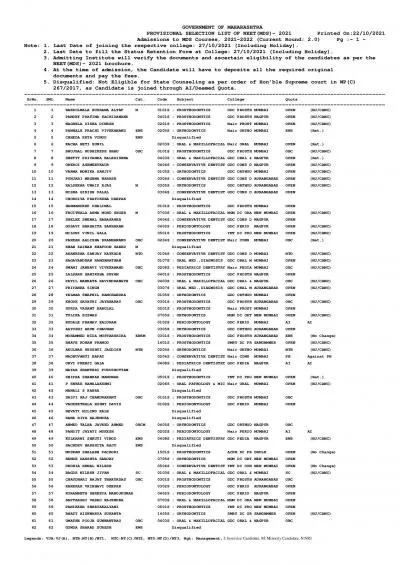PPT-FPRS Inservice Review 2-15-12
Author : paige | Published Date : 2022-05-14
Facial Analysis The Frankfort horizontal plane connects the Nasion and pogonion Nasion and porion Porion and orbitale Stomion and rhinion Facial Analysis The
Presentation Embed Code
Download Presentation
Download Presentation The PPT/PDF document "FPRS Inservice Review 2-15-12" is the property of its rightful owner. Permission is granted to download and print the materials on this website for personal, non-commercial use only, and to display it on your personal computer provided you do not modify the materials and that you retain all copyright notices contained in the materials. By downloading content from our website, you accept the terms of this agreement.
FPRS Inservice Review 2-15-12: Transcript
Download Rules Of Document
"FPRS Inservice Review 2-15-12"The content belongs to its owner. You may download and print it for personal use, without modification, and keep all copyright notices. By downloading, you agree to these terms.
Related Documents

